The highly mobile new projector was developed by Microvision, based on a new video projection technology called PicoP. Unlike existing display technologies such as Texas Instrument's DLP, which uses micro-mirrors, a high powered lamp, and a relatively large color wheel, Microvision's new PicoP uses three primary color lasers and a single aiming mirror.
The result is a highly compact projection engine that the company hopes to eventually embed into a mobile phone. The functional prototype device the company was showing paired the tiny engine (lower right black unit in photo) inside an iPhone-sized package (left unit) housing a rechargeable battery and its supporting video circuitry.
The device projects a ten lumen video picture, which is rapidly drawn right to left in successive lines similar to the beam of a CRT, but without the tube. Even in bright show lighting, the tiny unit could cast a bright, clear, and vibrant video picture from a standard iPod Nano, using Apple's regular video output cables.
The device's ten lumen picture sounds very low compared to the commonly 1000 lumen images projected by bulb-based projectors, but that also means the device uses much less power and doesn't require expensive bulbs that require a cool down cycle. In the video (below), a scan line is visible due to the shutter speed of the camera; in person, the video appears flicker free.
Microvision's prototype can use either a composite video or RGB video input at standard definition WVGA video resolution (edit: 848x480; originally reported here as 640x480), optionally displayed in a 16:9 wide aspect ratio. The battery is rated for 2 hours, and the focus-free unit can project a picture up to about 100 inches diagonal.
The unit is expected to be available for purchase this summer in limited quantities in the $500 price range. Microvision isn't planning to compete against existing video projection technologies used in home theater, but rather intends to open up a new market for highly mobile video projection, selling both small devices like the prototype on display as well as inking deals with hardware manufacturers to install projection into their mobile devices.
Fitting the PicoP engine into a future iPod or iPhone model could dramatically change how consumers experience video, and greatly simplify business presentations by doing away with all the cables and devices. Microvision has more details on its website.
 Prince McLean
Prince McLean
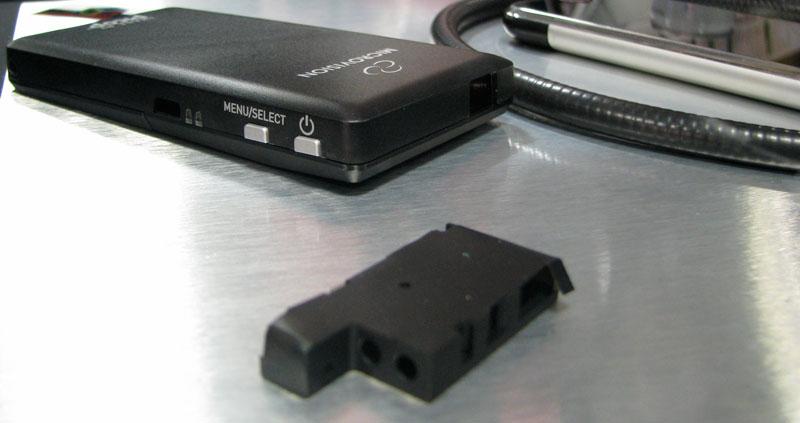


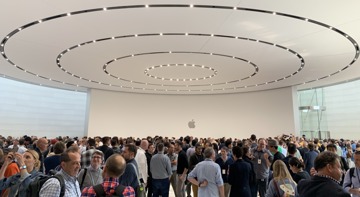
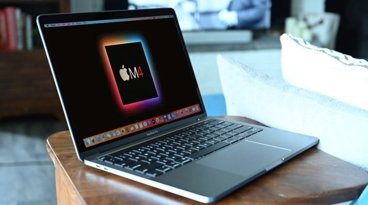
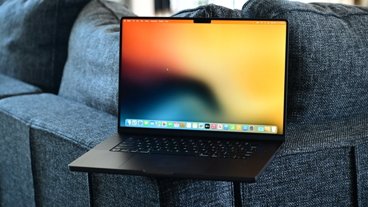







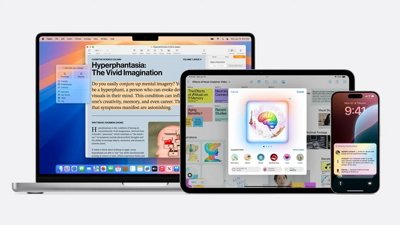
 Malcolm Owen
Malcolm Owen
 David Schloss
David Schloss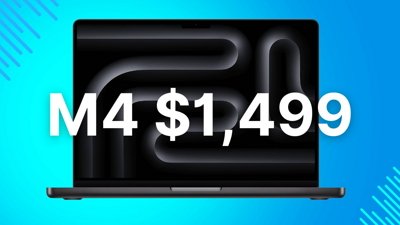
 Christine McKee
Christine McKee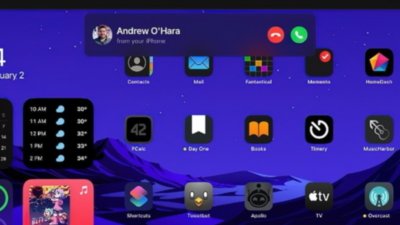
 Amber Neely
Amber Neely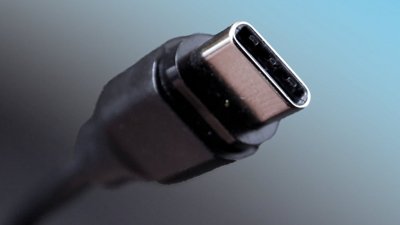

 Andrew O'Hara
Andrew O'Hara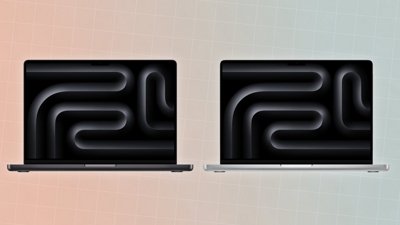

 William Gallagher
William Gallagher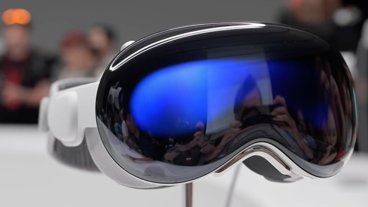
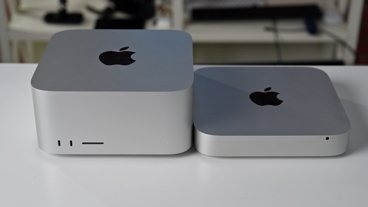
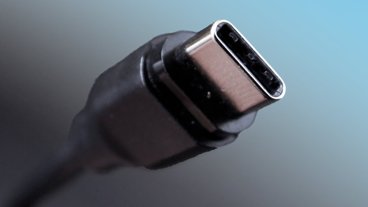
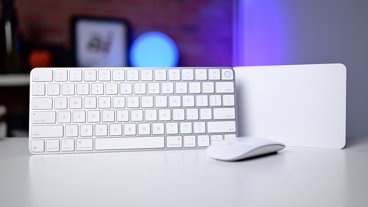
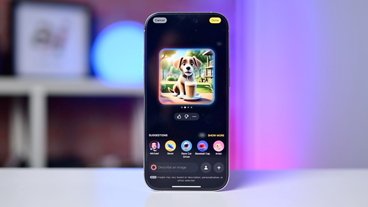
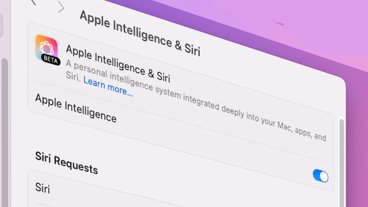
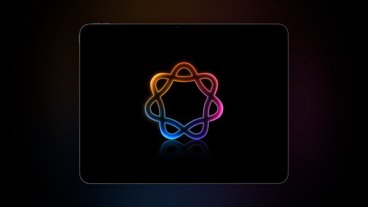

21 Comments
That looks really nice. I'd purchase one.
I hope they'll also have a nice stand to set it on.
Microvision's prototype can use either a composite video or RGB video input at standard definition WVGA video resolution (640 x 480), optionally displayed in a 16:9 wide aspect ratio.
The unit is expected to be available for purchase this summer in limited quantities in the $500 price range.
WVGA is 800 by 480 and VGA is 640 by 480. So Which is it? Also, who would pay $500 for 10 lumens 640 x 480? This is a toy at best.
Whatever... the Pomegranate Phone already has a projector :P LOL
http://www.pomegranatephone.com/
Very interesting. Would certainly solve the problem of the iPhone's screen being rather small for movies.
Resolution: WVGA (848 x 480)
http://www.microvision.com/showwx/
http://www.microvision.com/showwx/specs.html